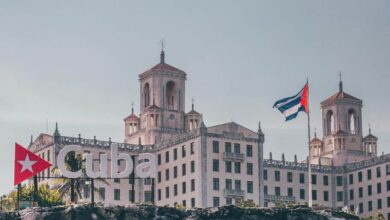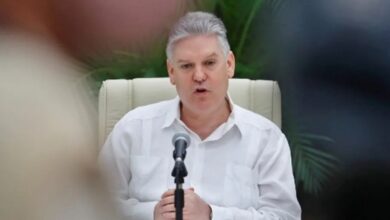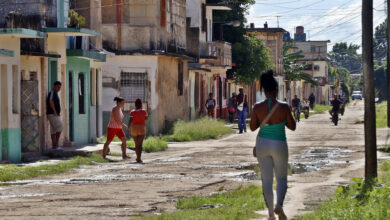As Cuba Sweats Through Summer Blackouts, Solar Promises Can’t Chase the Night
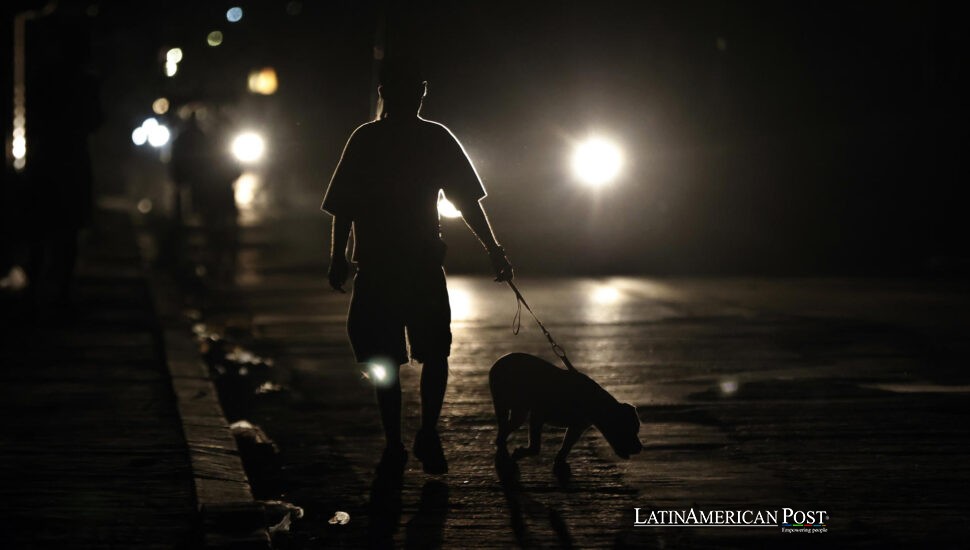
The lights vanished at precisely 2 A.M. in Havana’s Miramar neighborhood. A voice rang out into the darkness: “¡Ya la quitaron!”—They cut it again. The electricity wouldn’t return until just after sunrise. Across the city, the same scene repeats nightly.
Havana Joins the Rest of Cuba in Its Long, Hot Vigil
For most of the past decade, Havana lived in a bubble. While much of Cuba endured extended power outages, the capital was largely spared. Ministries needed power. Embassies require air conditioning. Tourists were required to believe the island was functioning.
That insulation is gone.
Now, Habaneros swap blackout tips in ration lines: “How many hours did you lose last night?” “Did your fan hold out?” Neighborhoods that once faced four-hour cuts are losing power for eight hours or more, and no one knows what the next night will bring.
Still, Havana remains lucky compared to the East. In some central provinces, the grid goes offline for 20 hours a day, especially when humidity surges and fans and old Soviet-era air conditioners struggle to keep up.
Temperatures have been hovering above 86°F (30°C), and humidity levels have regularly been near 90 percent. The heat isn’t just inconvenient—it’s dangerous. And the island’s power grid, battered and patchworked, can’t meet demand.
A Crippled Grid, a Broken Supply Chain, and No Quick Fix
In May, officials began issuing ominous warnings: summer would be critical. They weren’t exaggerating.
On some days in June, Cuba’s national utility, Unión Eléctrica (UNE), was meeting only half of the country’s peak evening demand, which forced rotating outages that affected over 50 percent of customers, comparable to the historic February shortfalls.
Blame, the government says, falls squarely on U.S. sanctions. With spare parts scarce and cash harder to move internationally, Cuba’s ability to buy fuel and repair aging infrastructure is withering.
But that’s only part of the story.
Venezuelan oil, once Cuba’s lifeline, has slowed to a trickle as Caracas struggles with its refinery chaos. Stopgap shipments from Mexico and Russia have come, but they’re unpredictable.
“This isn’t a patch you can sew with a single tanker,” said Jorge Piñón, an energy expert at the University of Texas at Austin, in an interview with EFE. “Cuba’s energy matrix needs a total rebuild.”
That rebuild won’t come cheap. Independent analysts estimate the country would need $8–10 billion to modernize its grid. But Cuba, isolated from credit markets and economically suffocated, doesn’t have a dime to spare.
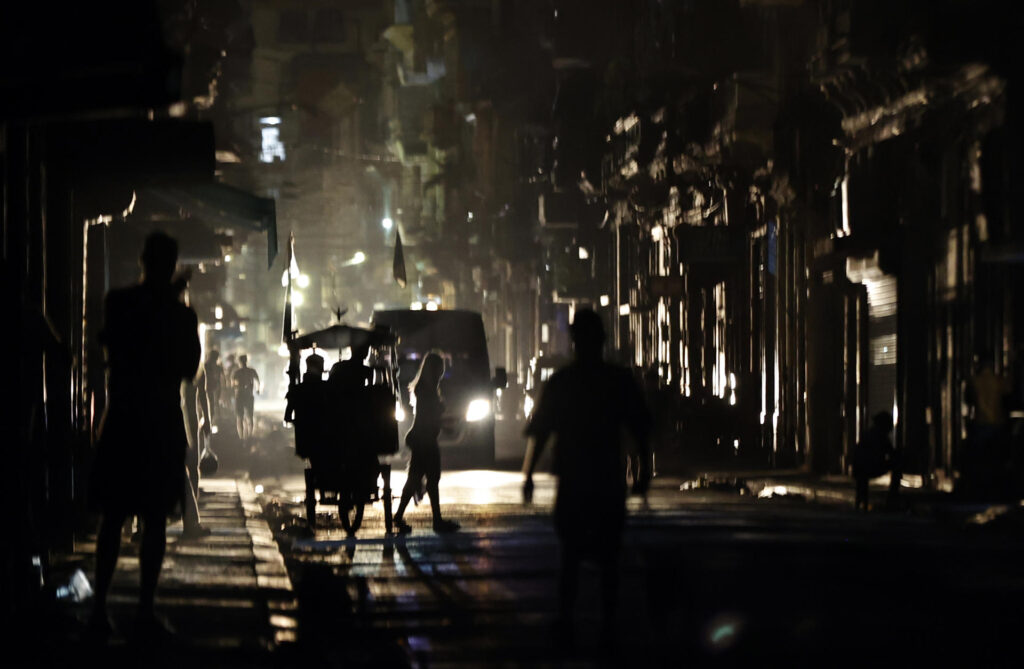
When the Lights Go Out, So Does the Patience
Inside homes, the failures get personal.
In Miramar, Liset Calvo, a shopkeeper, told EFE that she spent one recent night manually fanning her mother after their power failed. Her mother depends on an asthma machine. Without power, it stopped. All they could do was wait until dawn—and pray she didn’t need the hospital.
When power returned that morning, the first thing Calvo did was plug in the machine. “And hope,” she said.
People aren’t taking to the streets in protest. Not yet. But there’s a quiet simmer.
Sociologists from the University of Havana have tracked rising stress levels, especially among elderly residents and single parents. Still, memories of the 1994 Maleconazo riots, when Havana boiled over during the Special Period, remain fresh. The state’s vigilance is high. So is public caution.
Instead of confrontation, people improvise.
- Rooftop water tanks are filled before planned outages.
- Makeshift LED lamps run off old car batteries.
- WhatsApp groups circulate blackout schedules built from crowd-sourced reports.
It’s a matter of survival by the thread and rumor.
On state-run television, the message is simple: conserve. Run appliances less. Turn off the lights. Be patient.
But when a fridge full of rationed meat spoils, patience feels like a luxury.
Solar Hopes Rise—But the Sun Can’t Shine All Night
Against this bleak backdrop, President Miguel Díaz-Canel is leaning hard into a new plan: solar power.
The government has announced 92 new photovoltaic parks, aiming to generate two gigawatts of peak electricity. Díaz-Canel calls the effort “one of the most important works of recent years.”
On paper, it sounds promising. But on the ground?
Cuba’s electrical crisis doesn’t peak at noon—it peaks at 8 P.M., when families flip on lights, fans, and stoves. Solar power, without battery storage, can’t help once the sun goes down.
Piñón put it bluntly:
“It’s a smart step. But still just a patch.”
A 2023 paper in Renewable Energy Focus estimated that each gigawatt of solar could reduce daytime deficits by 10 percent—but would do nothing for nighttime demand unless paired with at least 400 megawatt-hours of storage, something well beyond Cuba’s financial reach.
For now, the island watches the horizon for Venezuelan tankers, prays that aging generators don’t fail, and waits.
At sunrise in Miramar, as power returns, a familiar symphony begins: refrigerators hum, phones charge, and coffee pots bubble.
Neighbors cheer sarcastically. Another blackout survived.
In a city once celebrated as “the territory of light,” to borrow the words of novelist Leonardo Padura, the glow now feels borrowed—a few fleeting hours before darkness returns.
Also Read: Colombia Ancient DNA Reveals Ghost People Lost to History
Until real investment arrives—or someone finds a way to make the sun shine past midnight—Cuba’s summer soundtrack will be the click of failing circuits, followed by a tired, collective sigh.


